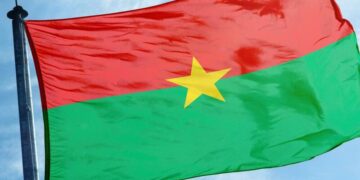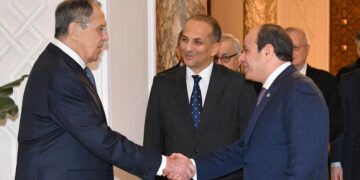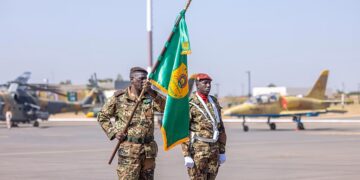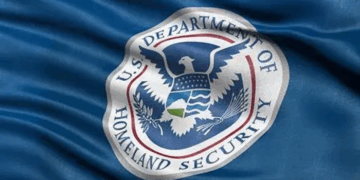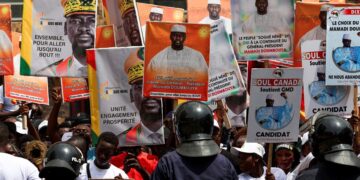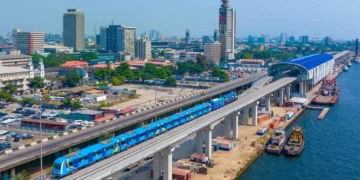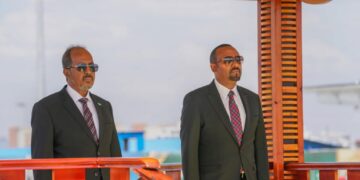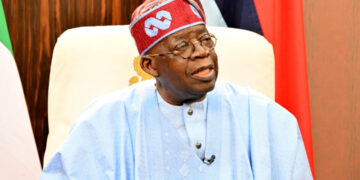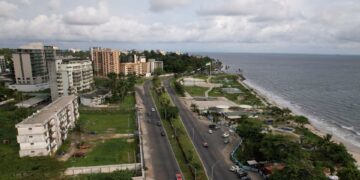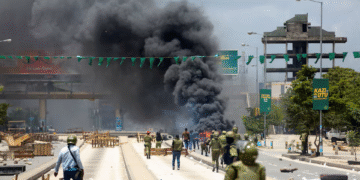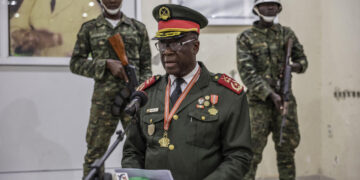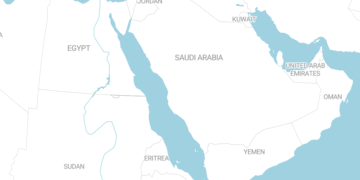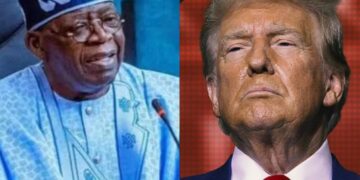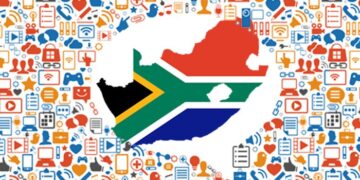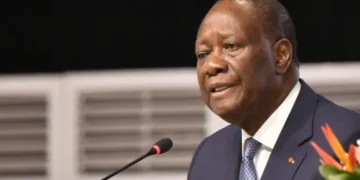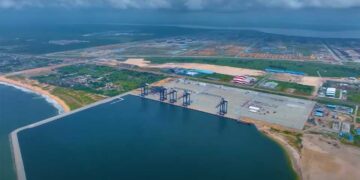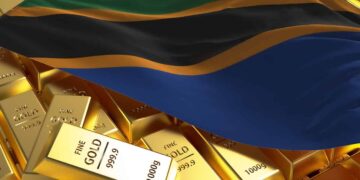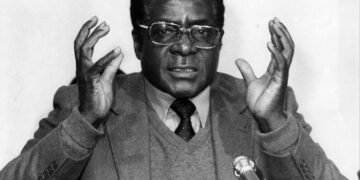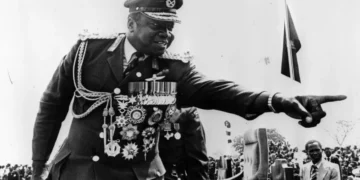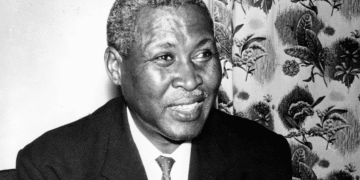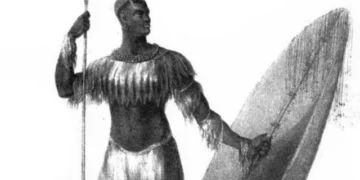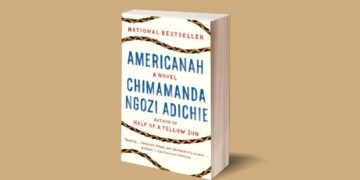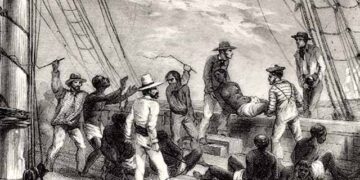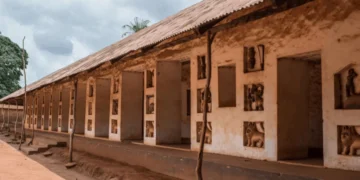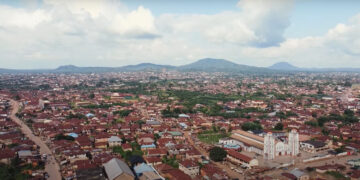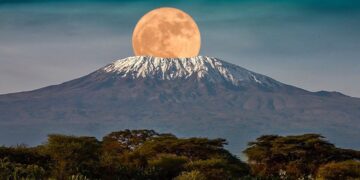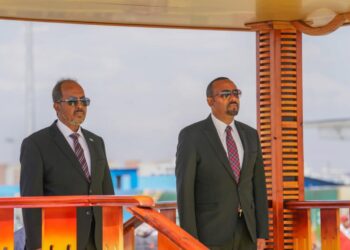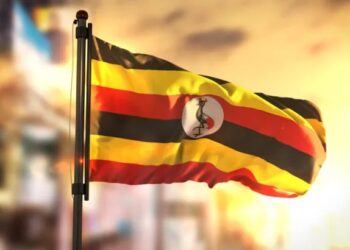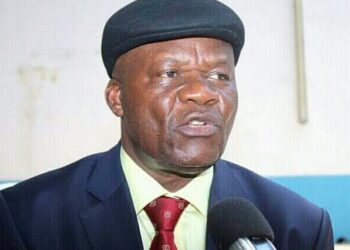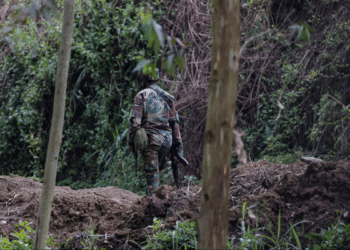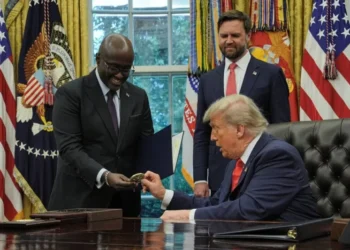Mozambique, a scenic country in southeastern Africa. The country is bordered by Tanzania to the north, Malawi and Zambia to the northwest, Zimbabwe to the west, and South Africa and Eswatini to the southwest. The Mozambican Metical is the official currency of Mozambique, and it is denoted by the currency code MZN. The country’s flag has green, black, yellow and narrow white stripes, and a red triangle featuring a yellow star, an open book and a crossed hoe and rifle.
The capital is Maputo. Known until independence as Lourenço Marques. Maputo is the commercial and cultural centre of the country. Other major cities and towns, most of which lie on or near the Indian Ocean coast, include Beira, Quelimane, Chimoio, Tete, Nampula, and Nacala.
Mozambique is rich in natural resources, is biologically and culturally diverse, and has a tropical climate. The rich and diverse history of Mozambique dates back to the San hunter-gatherers and Khoisani peoples. Mozambique takes its name from an offshore island of the same name which was apparently named after Mussa al-Bik, an influential Arab slave trader who set himself up as sultan on the island in the 15th century.
Mozambique is endowed with rich and extensive natural resources, notwithstanding the country’s economy is based chiefly on fishery—substantially molluscs, crustaceans and echinoderms—and agriculture with a growing industry of food and beverages, chemical manufacturing, aluminium and oil. The tourism sector is expanding. The Island of Mozambique is the country’s sole UNESCO World Heritage Site. Located just 4km off the mainland, the site is known for its 16th century architectural and historical significance.
After over four centuries of Portuguese colonial rule, Mozambique became an independent nation on June 25, 1975. Resistance leader Samora Machel was Mozambique’s first president. He died in 1986 when his plane crashed in South Africa. From 1977 to 1992, Mozambique was embroiled in a civil war that caused over a million deaths and saw a number of human rights violations.
The 2007 census found that Christians made up 59.2% of Mozambique’s population, Muslims comprised 18.9% of the population, 7.3% of the people held other beliefs, mainly animism, and 13.9% had no religious beliefs. Islam has a very old presence in Mozambique. It is estimated to have arrived within the first century of the start of the faith, with Arab, Ottoman and Persian traders. It settled at once during and after the 8th century among new Swahili networks, cultures and societies that developed on the east African coast between Somalia and what is today Mozambique.
At independence in 1975, Muslims represented 15% of the population of Mozambique. The latest census indicates it stood at 19% in 2017. Today Muslims live mostly on the coast and in the north of the country. A majority of the population of Niassa and Cabo Delgado provinces are Muslim, as are 40% of the population of Nampula province.


